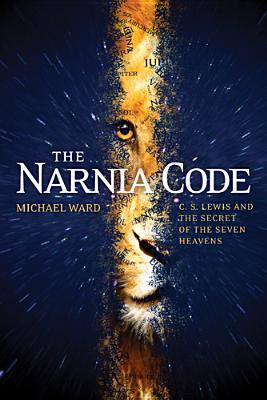What do you think?
Rate this book


208 pages, Paperback
First published January 1, 2010



“There is a spirit linking all these different things just as in the real world the Spirit of Christ is to be seen both in the Creator and in His creation.”
“We “enjoy” the heavenly atmosphere in each book—breathing it, smelling it, tasting it, allowing it to fill and inform our whole imaginative experience.”
“If we don’t understand where we have come from, we won’t really understand where we are or where we’re going. It’s vital to keep alive a knowledge of old ways of thinking in order to keep fully alive our present way of thinking.”
“Modern science tends to think in terms of matter and mechanism and measurements. But pre-Copernican science tended to think also in terms of purposes and points and persons. Lewis thought it was a mistake to allow the two sets of quests to get split apart from each other. To be fully human we need to ask and try to answer both sets of questions, not just one set.”
“By using more than one image for God, we remind ourselves that any image is only temporary; it must be corrected and relieved by other images. These images serve our minds; they do not save our souls. A fork is not food.”
“In The Lion, the Witch, and the Wardrobe, the children become kings and queens under the royal crown of Jupiter.
In Prince Caspian, they become knights and forest folk under the wooden shield of Mars.
In The Voyage of the Dawn Treader, they drink light and slay dragons under the Sun’s golden embrace.
In The Silver Chair, they avoid lunacy and reflect truth beneath the mirroring Moon.
In The Horse and His Boy, they learn true speech under the living and active word of Mercury.
In The Magician’s Nephew, they witness creation, laugh, and learn to love the Morning Star (Venus).
And in The Last Battle, under Saturn’s awful and awe-full influence, they learn the final lesson: ‘Blessed are those who die in the Lord.’”